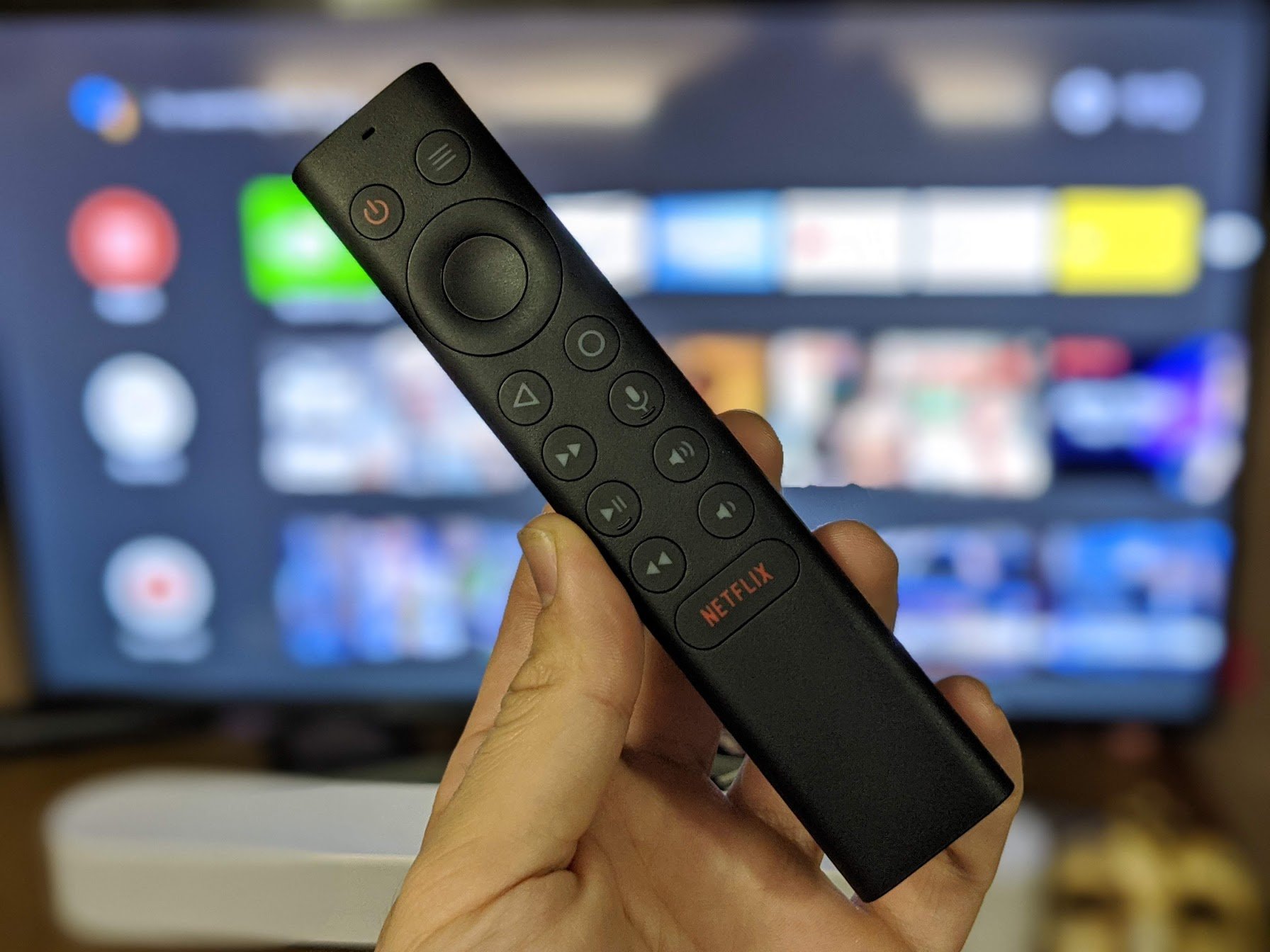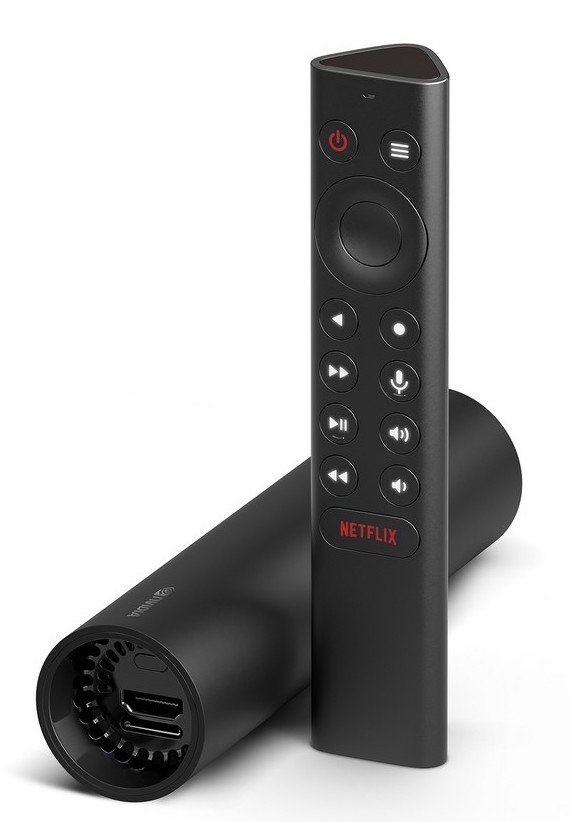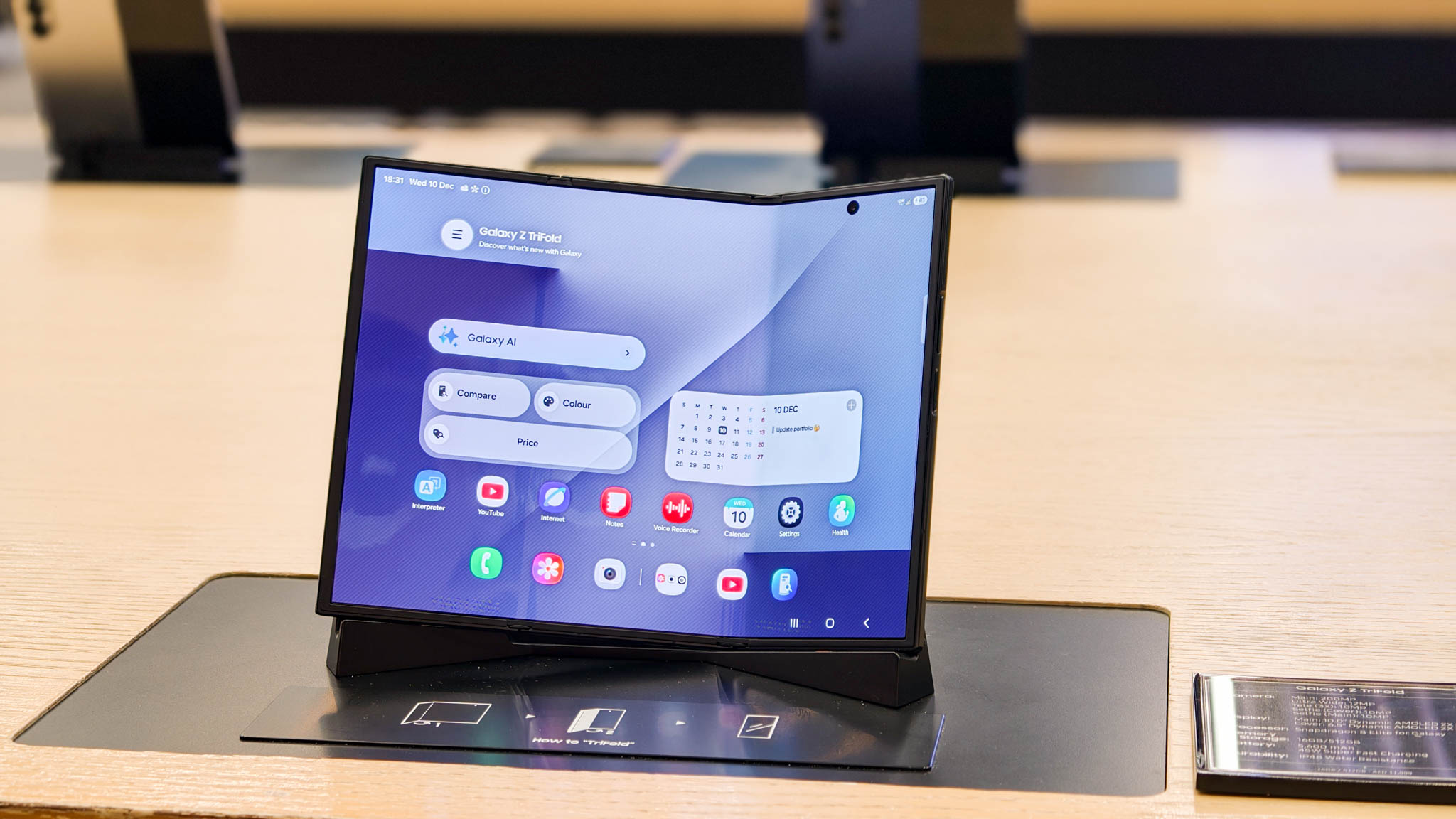Android Central Verdict
Bottom line: Everything you need to have a great streaming and gaming experience, in a handy tube you can hide pretty much anywhere.
Pros
- +
Clever design
- +
Fantastic Android TV experience
- +
Killer Remote
- +
AI Upscaling is pretty great
Cons
- -
Not super novice friendly out of the box
- -
Remote location command is useless without the app
- -
I'm a little worried about the fan
Why you can trust Android Central
While there are some Android TV boxes that are cheaper, or smaller, or maybe come with an extra feature or two that seem like fun, it's difficult to recommend anything other than the NVIDIA Shield TV. It's by far the most feature complete set top box running Android TV, due in no small part to the company's tireless efforts to fill in the gaps where Google has fallen short with its own operating system.
That having been said, the Shield TV is starting to show its age. Much of the competition has caught up to what were once state of the art features, and a hardware profile that is frankly a little on the bulky side in 2019. Knowing that, the new Shield TV is here, complete with a new hardware design and significantly updated upscaling and HDR capabilities.
Well, sort of. It's complicated.
NVIDIA Shield TV What I love
At its core, this new NVIDIA Shield TV is everything I already loved about the best Android TV box ever sold but in more convenient packaging. As useful as the original was for so many enthusiast users, with all of its ports for adding hard drives and keyboards and cameras, I never really used any of it. And I'm pretty far from the only one who viewed those extras as largely unnecessary for my personal use, which is why NVIDIA now has this streamlined version of the Shield TV for the rest of us and the Pro version with all the ports for the folks who want to play around and have some fun.
NVIDIA had the opportunity here to make yet another dongle that hung off the back of the TV, but it didn't. In fact, NVIDIA made it clear it wanted to avoid that design altogether to avoid issues with WiFi interference. So instead of a dongle we get a cylinder and a long power cord with no wall wart adapter. The power supply is contained within the cylinder, and all you really need to do is connect an HDMI cable. There are no lights, no sounds, just a plain cylinder you can place wherever you like. The only bit of extra going on is the microSD slot just in case you have local media you want to play or the onboard 8GB of storage isn't enough for your apps. And honestly, I love that. I don't need to display my streaming box, I just need it to work.
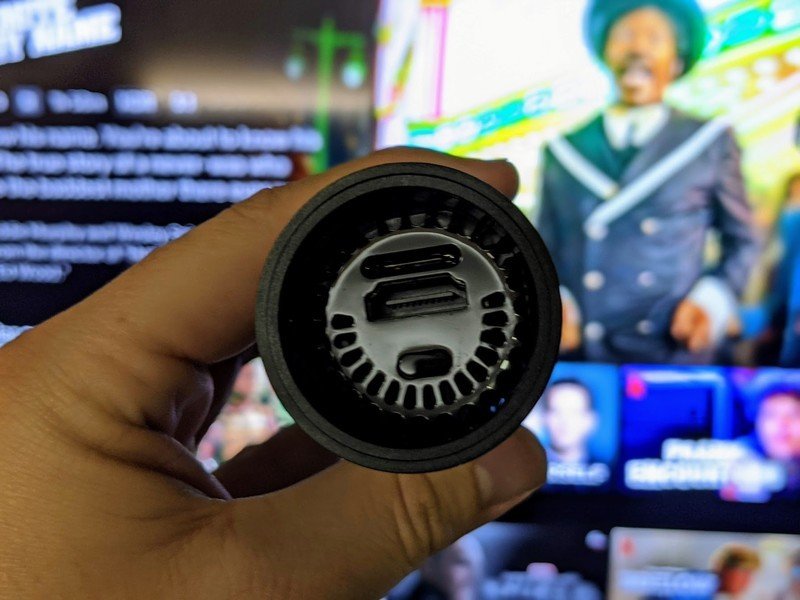
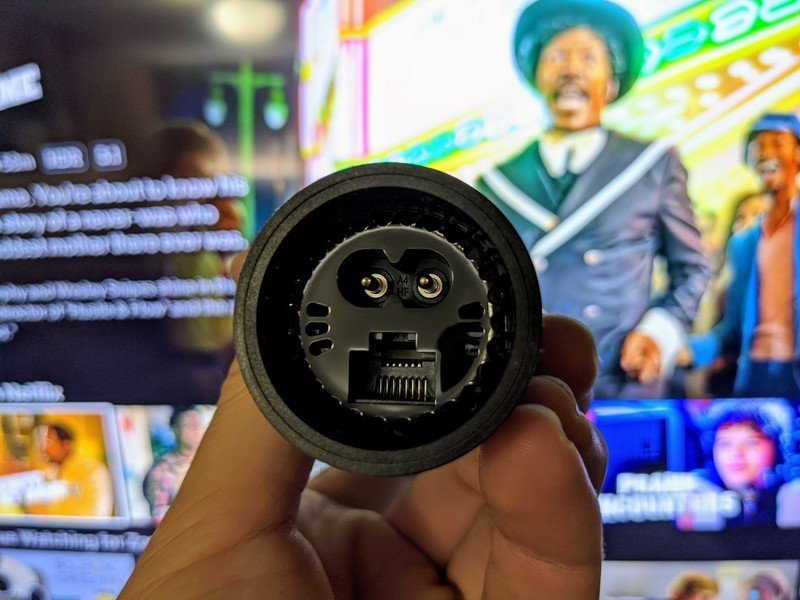
As much as I appreciate the new design for the console itself, the real joy here is in the updated controller. Gone is the slim, glossy remote with too few buttons and a complicated to replace battery. Instead, NVIDIA has designed something with some real presence. It's a triangular wand with dedicated buttons for rewind, pause, volume, a great big Netflix button and a button you can customize to do whatever you want. The keys on the remote light up when it detects motion, and runs on a pair of AAA batteries NVIDIA says will last up to six months. The remote still does voice commands just like its predecessor, and now includes IR controls so you can use it to adjust the volume and power on your TV with just this one remote. Put simply, this is a solid remote, easily the best included with any streaming box I have ever used.
Top 5 things you should know about the new NVIDIA Shield TV (2019)
Get the latest news from Android Central, your trusted companion in the world of Android
NVIDIA's AI-based enhancement mode genuinely works wonders on everything you can use it on.
While there doesn't seem to be any grand revelations in the software if you've used Android TV recently, the truth is there's quite a bit going on under the hood. Google Assistant is more tightly integrated, delivering the same level of content from your Google Account you'd get from a dedicated Assistant display like a Nest Hub. The main UI pulls offerings from your favorite streaming services and makes it easy to see things you can watch or play without diving into individual apps. Once you're in those individual apps, however, it's a fairly standard Android TV experience. The only real difference is the dedicated media control buttons on the remote, which make things like fast forward much simpler and faster to access than just about every other Android TV box.
The biggest standalone feature here, however, is the way NVIDIA has enhanced every streaming app to make the visuals that much more appealing. NVidia has offered upscaling features in the past, but the added power of the new X1+ processor means the company can start pushing the envelope a little. If you choose to enable it, NVIDIA has an AI-based enhancement mode that genuinely works wonders on everything you use it on. The software analyzes content in the foreground of your stream and applies intelligent sharpening where it makes the most sense to do so. Details like hair and fabric and facial features immediately become sharper and look much nicer, especially on 4K sets. This feature has its limitations, the largest of which being it only works with 30FPS 1080p content at the moment. But because it's a system-level function and not something developers have to opt-in to use in their apps, there's a ton of content available to play with.
NVIDIA Shield TV What could be better
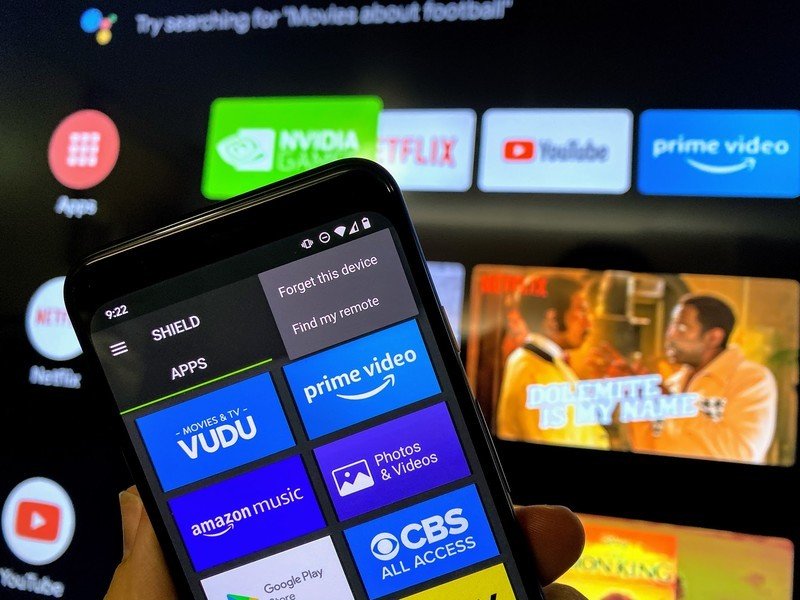
While I totally get the cylinder design decision, and I think being able to position the console in a way that maximize wifi connectivity for things like game streaming and 4K content, I feel weird setting this thing on the ground. It's not passively cooled, there's a small fan in this cylinder keeping everything running, and that means laying it on the floor puts it that much closer to dust and debris from my living room. Pet hair, for example, collects behind my entertainment center in ways that make me worry I'm going to break this console long term. I may make some sort of mount for this so it connects to the side of my entertainment center instead of laying on the floor or on a shelf, and it's a little awkward for NVIDIA to give me a craft project instead of including something in the box.
On the subject of things included in the box, NVIDIA gives you the console and the remote and the power cord and that's it. There's no HDMI cable, no real instruction manual, and it's not immediately clear how to access the batteries in the remote. The packaging is extremely minimalist, which considering this is designed for the less gadget-hungry and more novice techy among NVIDIA's audience is a little frustrating.
One feature NVIDIA included in its remote that I haven't talked about yet is the location command for it. And the reason I haven't brought it up is I'm not going to use it, at least not in its current configuration. If you have a Shield TV Gamepad or the Shield TV app installed, you can use one of these to ping the remote and have it beep to find it. But if I have one of those to things at hand already, I don't really need the remote for whatever it is I am doing. What I would really prefer is a Google Assistant instruction to find it. NVIDIA says it's working on one, however, so this might be a short-lived complaint. And If I'm honest, the updated design of the remote makes it considerably more difficult to lose in the couch anyway.
NVIDIA Shield TV: Should you buy it? Hell yes
We've been asking for a refresh to the Shield TV for a while now, and what NVIDIA delivered is frankly not what I expected. This simpler, more polished experience is fantastic on nearly every level, and doesn't deviate terribly from the things we already enjoyed about this system. And for its price, the new console checks a lot of boxes. If you want a dead simple streaming box that occasionally includes some fun gaming to it as well, this is without a doubt the box for you. And if you have been waiting to upgrade to a new Shield TV from the original, this and the more capable Pro variant are the only real options to consider.
4.5 out of 5
Bottom line? NVIDIA nailed this refresh, and it's going to make a lot of current and future Android TV users very happy.

